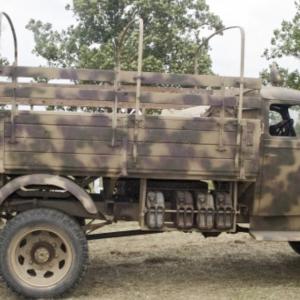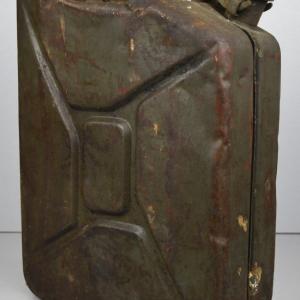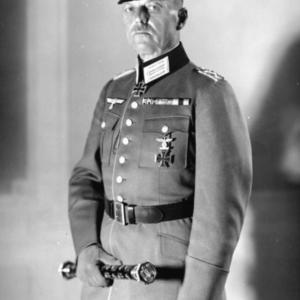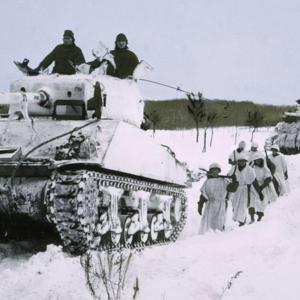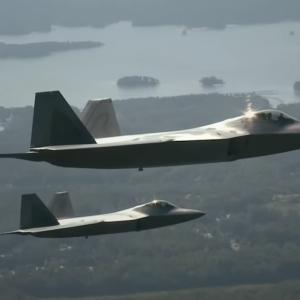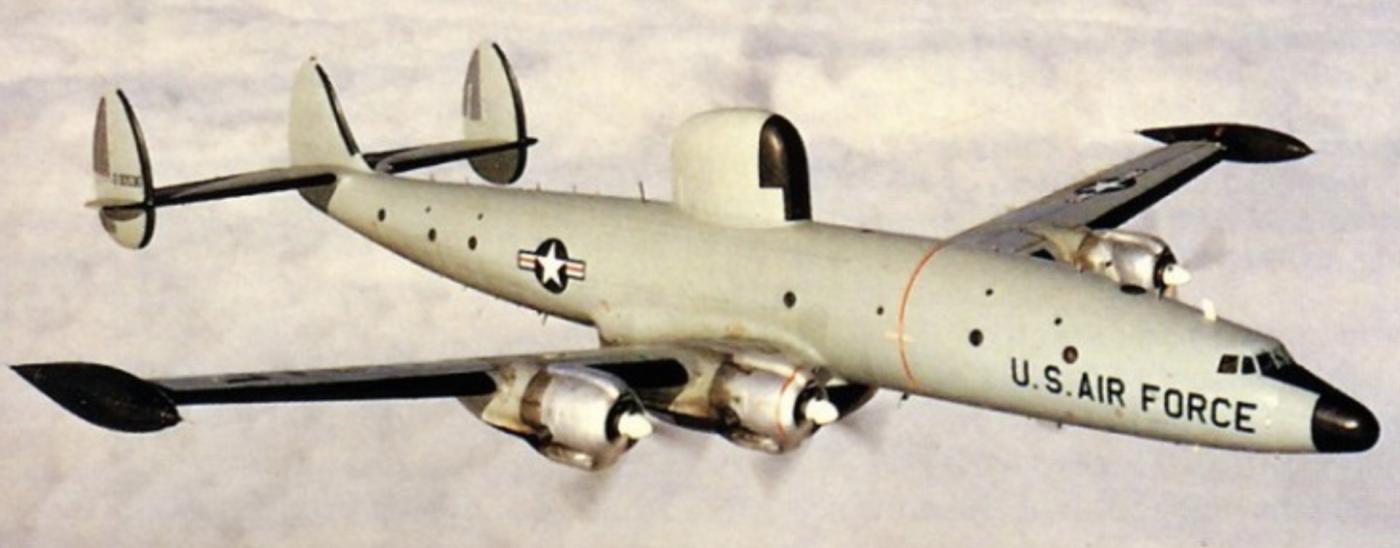
Early Warning Plane
In the early years of the Cold War, as the threat of long-range bombers and surprise aerial attacks grew, the need for an effective airborne surveillance system became increasingly clear. This urgency led to the development of one of the most significant innovations in military aviation history: the airborne early warning and control aircraft, or AWACS. Among the first of its kind was the Lockheed-designed Warning Star, widely recognized as the world’s first operational platform of this type.
The aircraft was built by Lockheed Corporation and based on the airframe of the Super Constellation, a sleek, triple-tailed, four-engine propeller aircraft. Originally developed as a military transport and civilian airliner, the Super Constellation proved to be a versatile platform, adaptable for long-endurance surveillance missions.
Development of this flying radar station began in the late 1940s, with both the U.S. Navy and Air Force involved. The prototype took to the skies in 1949, designated initially as PO-1W and later refined into more advanced military versions. By the early 1950s, it had entered operational service and quickly became a vital asset in air defense.
The core of the aircraft's mission capability lay in its radar technology. It carried two prominent radomes: one on top of the fuselage housing the AN/APS-45 height-finding radar, and another large belly-mounted radome that contained the AN/APS-20 search radar. These systems provided long-range detection and tracking of aerial targets, offering a revolutionary level of situational awareness for its time.
Powered by four Wright R-3350 radial engines, the Warning Star cruised at speeds between 250 and 300 miles per hour and typically operated at altitudes of 20,000 to 25,000 feet. This elevation gave it a wide radar horizon, allowing detection of high-altitude aircraft at ranges of over 250 miles, depending on conditions and target profile.
A full crew operated the aircraft’s sophisticated radar and communications systems, working continuously to detect threats and relay critical information to ground-based command centers. Its role as a flying watchtower was essential in extending radar coverage beyond the reach of ground stations, particularly in remote or oceanic regions.
This platform played a pivotal role during several major Cold War operations. It was widely used in Vietnam, where it provided surveillance, directed fighter interceptions, and supported search and rescue coordination. It also monitored Soviet air activity and served as an early warning shield over North American and allied airspace.
While groundbreaking, the technology onboard was entirely analog and lacked the data-sharing capabilities of today’s systems. Communications were handled by voice, and the electronics were bulky and maintenance-intensive. Despite these limitations, the Warning Star proved the viability and importance of airborne radar in modern warfare.
By the late 1970s, the aircraft was phased out and replaced by the jet-powered E-3 Sentry, which offered advanced radar, digital data links, and more efficient command and control systems. Still, the impact of the earlier aircraft cannot be overstated.
As the world’s first operational early warning AWACS, it set the stage for every airborne command and surveillance aircraft that followed. Its blend of radar technology, endurance, and strategic utility marked a turning point in military aviation, providing a blueprint for future generations of airborne early warning platforms.

